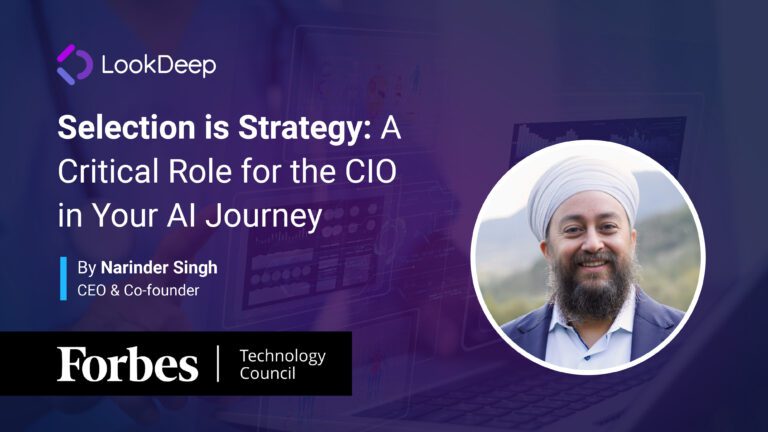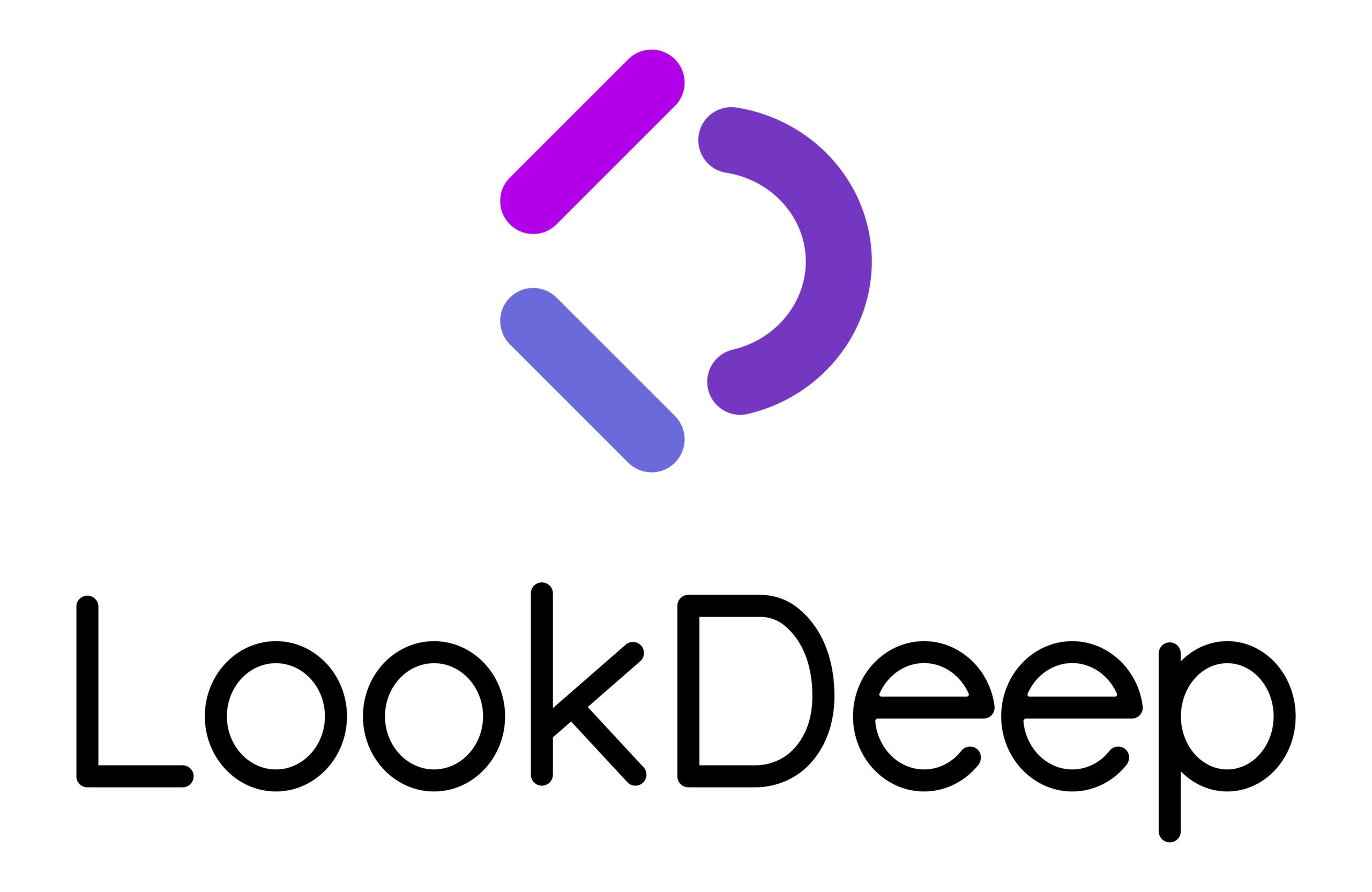Utilizing the RFP process for CIOs navigating the AI landscape
As healthcare CIOs navigate artificial intelligence, the role of technology selection is more critical than ever. The era of AI-centric enterprise software brings with it unprecedented opportunities and risks, making the choice of tools and vendors a strategic imperative in the quest for operational excellence and patient care innovation. In healthcare, where lives and well-being hinge on the precision and efficacy of technology, the cost of a poor decision can be monumental, not just financially, but in terms of patient outcomes, quality, and trust.
LookDeep CEO Narinder Singh spoke to the antiquated RFP process in a recent Forbes article and shared five steps healthcare CIOs should adopt to navigate the AI landscape effectively: Selection Is Strategy: A Critical Role For The CIO In Your AI Journey.
In healthcare there is an even sharper point to this – broader groups required to make decisions, clinical providers who – unlike information workers – are supposed to spend less time with a computer, and life or death actually hanging in the balance. Long check lists miss out on the fact that you need to experience the technology in context to understand the value, opportunity and challenges of using it to care for patients.
AI’s integration into healthcare can redefine workflows, enhance diagnostics, and personalize patient care – it has a completely different evaluation model than traditional software. Can this AI component help me see more patients or provide better care with the same resources? The answers to these can amplify ROI by many times over – in a way that is completely different from the normal technical items and use cases surfaced through length RFP processes.
The ability to pivot quickly, adapt to emerging technologies, and integrate best-of-breed solutions is essential.
Steps to navigate the AI landscape effectively:
- Favor Flexibility Over Long-Term Commitments: Given the rapid evolution of AI, healthcare CIOs should avoid long-term contracts that can lock their organizations into outdated technologies. Instead, prioritize contracts that allow for agility and adaptability.
- Emphasize Integration: The debate between comprehensive software suites and specialized best-of-breed solutions is intensified by AI’s specialized capabilities. Ensure that chosen technologies can seamlessly integrate, supporting a cohesive and efficient healthcare environment.
- Adopt Product-Led Growth (PLG) Principles: Before making significant investments, allow your teams to interact hands-on with prospective AI tools. This practical exposure can provide invaluable insights into the tool’s capabilities and fit within your healthcare environment.
- Understand AI’s Trajectory: Stay informed about the current and future capabilities of AI technologies. Demand transparency from vendors regarding their data sources, validation processes, and ongoing improvements to ensure their solutions can meet evolving healthcare needs.
- Rethink the RFP Process: Traditional RFPs, with their exhaustive and often irrelevant questions, can obscure true capabilities. Shift towards more open-ended inquiries and leverage AI to parse responses, focusing on hands-on evaluations and strategic alignment.
By reimagining the approach to AI technology selection, healthcare CIOs can position their organizations to harness AI’s transformative potential, driving significant improvements in patient care and operational efficiency. The path forward requires a blend of strategic foresight, flexibility, and a deep understanding of AI’s capabilities and trajectory. As AI continues to reshape the healthcare landscape, CIOs who adeptly navigate these changes will not only enhance their organization’s performance but also secure their role as pivotal leaders in healthcare innovation.


